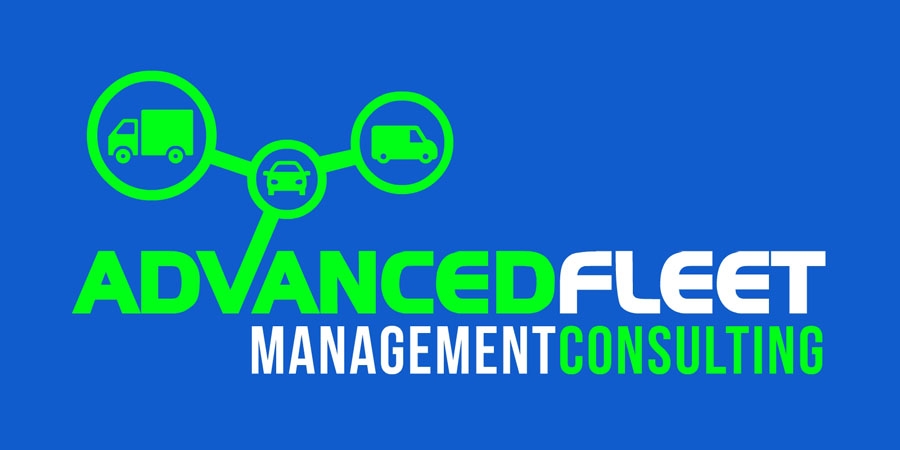
Virtual fleet management goes a step further to connect the entire fleet ecosystem, allowing API-based integration with telematics and routing systems as well as other management systems such as enterprise resource, accounting, HR, inventory, and customer relationship functions. Photo via Pexels.
Trimming the Fat From Fleet Management
How much of a fleet manager’s day is consumed by updating files and emailing, phoning, faxing, or texting with drivers and vendors — a constant relay of information to complete perfunctory tasks?
Consider this scenario: Driver John experiences a mechanical issue with his van that forces him to pull over during his delivery day. He leaves a message for Kathy, his fleet manager, who is in the middle of a senior management meeting. Exiting the meeting, Kathy makes arrangements to have the van transported to a service center. It’s already late afternoon, so the service center pushes the work until the next morning — delaying John’s delivery schedule by a full day.
How can automation trim the fat from this process, freeing up the fleet manager for more high level endeavors?
Enter the concept of programmatic or “virtual” fleet management: Upon breakdown, John’s van sends a message with a DTC code simultaneously to the fleet manager and service center. A tow truck is dispatched immediately and the van is unlocked remotely. The repair work begins without delay, saving at least a day of downtime. Based on John’s schedule, the nature of the repair, and expected completion, the system triggers an event-based order chain to get John back on the road in the most efficient manner possible.
Most fleet processes — from vehicle procurement, upfitting, and in-fleeting to route scheduling, remarketing, and maintenance and repairs — require human interaction. “There are a lot of opportunities to automate these chains to create more efficient processes,” says Sean Behr, CEO of Stratim, a fleet management and logistics platform.
Certainly, existing fleet management systems such as routing software or telematics already automate parts of these chains. Virtual fleet management goes a step further to connect the entire fleet ecosystem, Behr says, allowing API-based integration with telematics and routing systems as well as other management systems such as enterprise resource, accounting, HR, inventory, and customer relationship functions.
Giving away any amount of control might give some fleet operators pause. However, “You’re not relying on a system to make the decision, you make them based on the inputted data and the rules you set,” Behr points out.
Setting those rules, and implementing a virtual fleet management system in general, require more than just implementing a new app.
It begins with consolidating vendors to a single platform, which allows instantaneous decisions based on price, location, and other inputted factors. In our example, Kathy’s choice to service the van might not have been the closest or even the cheapest, but she needed to think fast — without the tools to make a more informed decision.
Configuring a system requires leveraging existing technology and systems in new ways, which means leaning on your vendors to extract more data and integrate their systems into this new ecosystem. If they’re unwilling, “It may be time to find a new vendor that can,” Behr says.
Another, larger endeavor involves changing company culture.
Today’s hierarchy may task a director of enterprise optimization or innovation with handling this type of connectivity. However, “One person is not going to fundamentally alter the business,” Behr says. “The entire company needs to be made accountable for business optimization. You need to find ways to drive KPI (key performance indicator) improvements across the business and get everyone thinking about how they can make your business better.”
For companies that measure yield in basis points, or a hundredth of a percentage point, finding efficiencies in every business process is essential — and today that’s often the difference between success, survival, and failure.
Many fleets still aren’t able to quantify metrics such as vehicle downtime and workers’ utilization rates, Behr says, though improving utilization rates from 40% to 70% could save thousands of dollars on a monthly basis.
“And if you’re able to cut downtime on a vehicle by two days,” he asks, “how much is that worth to your company?”
by Chris Brown
Source: https://www.fleetforward.com
FLEET MANAGEMENT AUDIT
Fleet management is the use of a set of vehicles in order to provide services to a third-party, or to perform a task for our organization, in the most efficient and productive manner with a determined level of service and cost.
Fleet management activities are shown in the following graph 1:

Graph 1: fleet management activities
The proposal audit analyses and assesses all fleet management activities shown in the graph 1, and its main goals are:
- Know the overall status of the fleet management activities
- Provide the analysis, the assessment, the advice, the suggestions and the actions to take in order to cut costs and increase the efficiency and efficacy of the fleet management activities
With the information obtained, we’ll elaborate a report that holds the overall status of the fleet management as well as the suggestions, recommendations and the measures to take in order to cut costs and optimize the fleet management activities.
CLICK ON THE FOLLOWING LINK TO DOWNLOAD THE PROPOSED FLEET MANAGEMENT AUDIT:
Fleet Management Audit AFMC
Contact:
José Miguel Fernández Gómez
34 678254874
info@advancedfleetmanagementconsulting.com
 I´m a Fleet Management expert, and the manager of Advanced Fleet Management Consulting, that provides Fleet Management Consultancy Services.
I´m a Fleet Management expert, and the manager of Advanced Fleet Management Consulting, that provides Fleet Management Consultancy Services.


